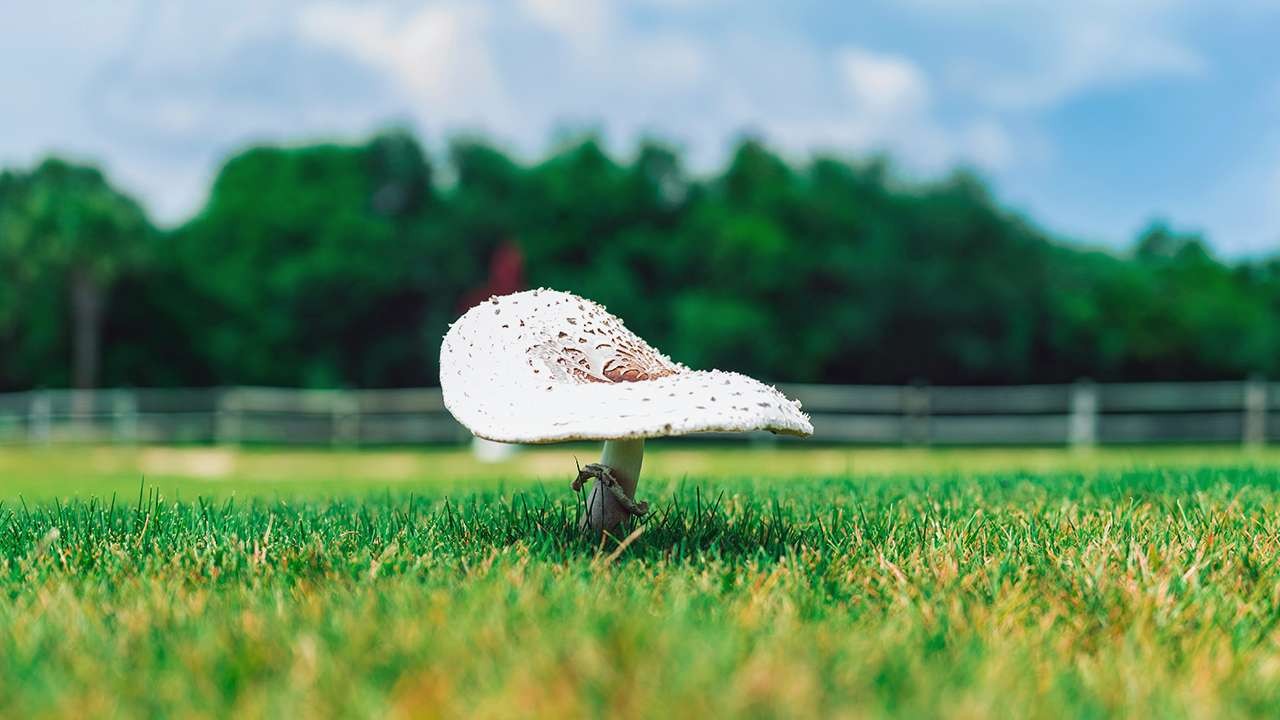
Textile innovation is helping fashion go green
By Pauline Miranda
May 24, 2022
From making algae-sequin dresses and dyeing clothes with bacteria to planting trackable pigments in cotton, an emerging tide of technological innovations offers the fashion industry a chance to clean up its woeful environmental record.
Change is urgently needed since the industry consumes 93 billion cubic meters of water per year, dumps 500,000 tons of plastic microfibers into the ocean, and accounts for 10 percent of global carbon emissions, according to the Ellen MacArthur Foundation.
The growing demands for change have generated ingenious responses, such as New York designer Charlotte McCurdy’s seaweed raincoat.
The shimmering algae-plastic she concocted in a lab made for a striking (and carbon-free) garment, even more so when she teamed up with fashion designer Phillip Lim to make a sequin dress.
They are unlikely to show up in department stores. She sees them more as a way to demonstrate that decarbonized clothes are possible.
“I’m not trying to monetize it. I just want to plant a seed,” she told AFP. “Material development is so slow and it’s so hard to compete with cellphone apps for funding. Frankly, I take climate change seriously and I don’t have time,” said McCurdy, whose focus now is on forming an innovation and outreach hub.
Bacterial colors
Others, like Dutch designers Laura Luchtman and Ilfa Siebenhaar of Living Colour, are finding ways to reduce the toxic chemicals and intensive water consumption of dyeing clothes. They found an unlikely ally in bacteria.
Certain microorganisms release natural pigments as they multiply, and by deploying them on fabric, they dye clothes in striking colors and patterns. The research is published freely online and the pair have no interest in mass production.
Luchtman, who previously worked in fast fashion, saw “up close the negative impact of that industry in terms of exploiting people and ecological problems” and is determined to stay small-scale.
Others, however, hope such ideas can infiltrate big business.
Californian startup Bolt Threads recently teamed with Adidas, Lululemon, Kering, and Stella McCartney to build production facilities for Mylo, a leather made from mushroom roots.
McCartney displayed her first Mylo collection in March, and Adidas has promised a Mylo sneaker by the end of the year.
Local efforts
In the Philippines, bacteria has also been used to create leather. Hazel Roldan, a young designer, is an example of one who has developed leather-like textile from Acetobacterxylinum, a type of bacteria found in soil.
In an interview with Nolisoli.ph in 2017, Roldan shares the painstaking process of creating her unique textile: She first brews tea with sugar and waits for the Acetobacterxylinum to grow in the mixture. After around three weeks, the culture becomes suitable for sewing, though subject to calculated temperatures. The material is still subject to further research and development.
The Philippine Textile Research Institute of the Department of Science and Technology (DOST-PTRI) has also been making strides in developing various fibers and textiles out of more sustainable natural material.
One such material is bamboo textile, which is made out of fiber extracted from various types of bamboo. DOST-PTRI notes that bamboo has “the highest textile fiber yield among other textile fibers like pineapple, banana, or abaca.”
Bamboo-blended fabric is already being introduced to the market. The government has proposed to include it in the official list under the Philippine Tropical Fabrics Law, which indicates fabrics that can be used for uniforms worn by public officials and employees. Brands such as Doze Days also make use of bamboo fabric—specifically bamboo lyocell—for bedsheets and sleepwear.
And while pineapple leaves have long been used to create textiles—as in the woven piña fabric used in the barong Tagalog—there is yet to be a non-woven fabric out of it, which led Spanish researcher Dr. Carmen Hijosa to develop Piñatex. The fabric is sometimes referred to as a “vegan” leather due to its appearance.
Piñatex has since partnered with major apparel brands such as Nike, H&M, Hugo Boss, and Paul Smith in creating pineapple leather collections.
Material partners
Innovating on products starts with sourcing the right materials. But with the number of technologies and materials being developed globally today, it can prove challenging for businesses to decide which ones to use.
Material ConneXion (MCX) is a globally available materials library, which the local Design Center works and consults with. MCX works with companies to complement business processes and goals by providing insight on materials, trends, design, and sustainability.
Companies like Nike, Coca-cola, Google, Unilever, and even luxury brands like Louis Vouitton and BMW have used MCX’s materials and innovations library.
Business imperative
Some experts are skeptical that such initiatives can lead to large-scale transformation.
“Maybe some of these things will get a foothold in the industry, but the bar is very high for new approaches,” warns Mark Sumner, a sustainability expert at the University of Leeds School of Design.
“It’s an incredibly diverse industry with thousands of factories and operators all doing different things. It’s not like the car industry where you only have to convince six or seven major companies to try something new.” Sumner sees the biggest impact coming from improving rather than replacing the existing systems and says pressure from consumers and NGOs means this is already happening.
“Among responsible brands and retailers, this has genuinely moved away from being a fad. They are now considering sustainability as a business imperative,” he told AFP.
Not that there are any right or wrong answers. The sustainability movement’s strength comes from many actors pulling in the same direction. “Many different strategies need to run together,” said Celine Semaan, founder of the Slow Factory Foundation, which supports multiple social and environmental justice initiatives around fashion, including McCurdy’s algae-sequin dress.
“Technology won’t resolve the issues on its own. It needs policy, culture, ethics,” Semaan said.
Cotton tracing
One area many see as a priority, however, is transparency, and here technology has a clear role to play.
Such is the complexity of supply chains that “many companies have no idea where their garments are made, where fabrics come from, who provides their raw materials,” said Delphine Williot, policy coordinator for Fashion Revolution, a campaign group.
Recent uproar over reports that cotton from China’s Xinjiang region was picked by forced labor was compounded by the difficulty of knowing where this cotton ended up. Beijing denies the allegations.
Fibretrace, which won a sustainability award from Drapers magazine this year, offers a possible solution.
It implants an indestructible bioluminescent pigment into threads. Any resulting garment can then be scanned like a barcode to find its origins. “You can’t find the environmental impact of anything unless you know where it was made,” Andrew Olah, Fibretrace’s sales director, told AFP.
Combined with data sites like SourceMap and Open Apparel Registry that give companies unprecedented clarity on their supply chains, it has become increasingly hard to plead ignorance.
“When you don’t share your supply chain, you either do it because you’re hiding something or you’re stupid,” said Olah.
“There’s a lot of work to do,” he added. “But I’m very optimistic.”
Originally published by AFP
For more information and news on fashion, furniture, lifestyle, and home accessories visit FAME+



